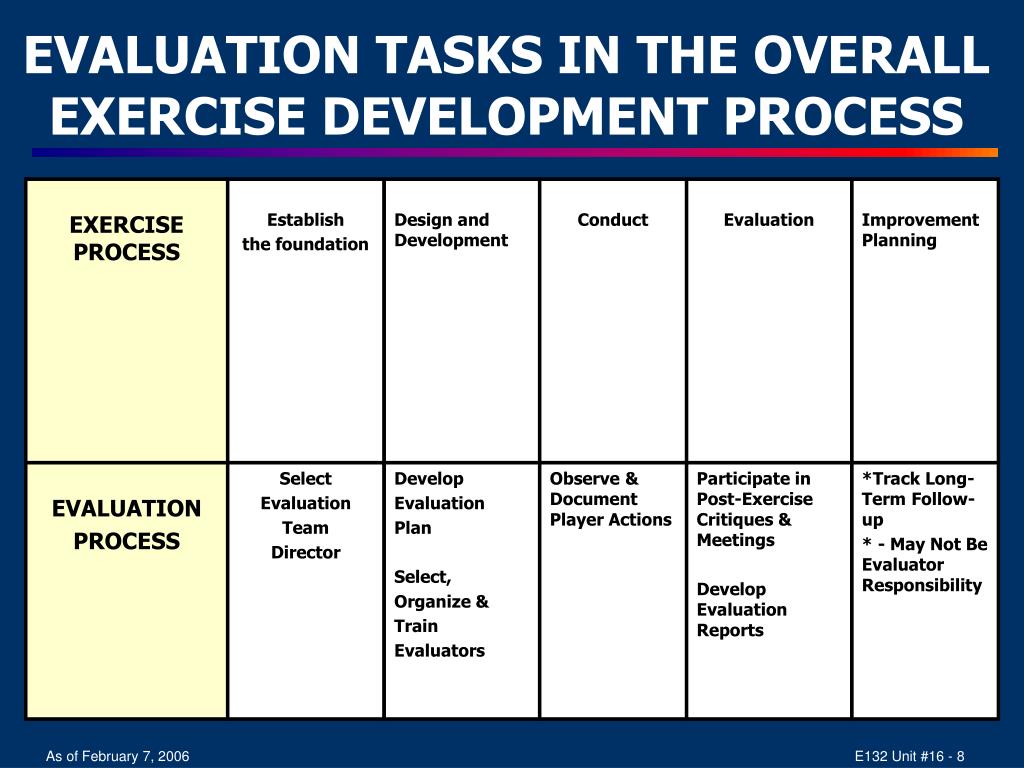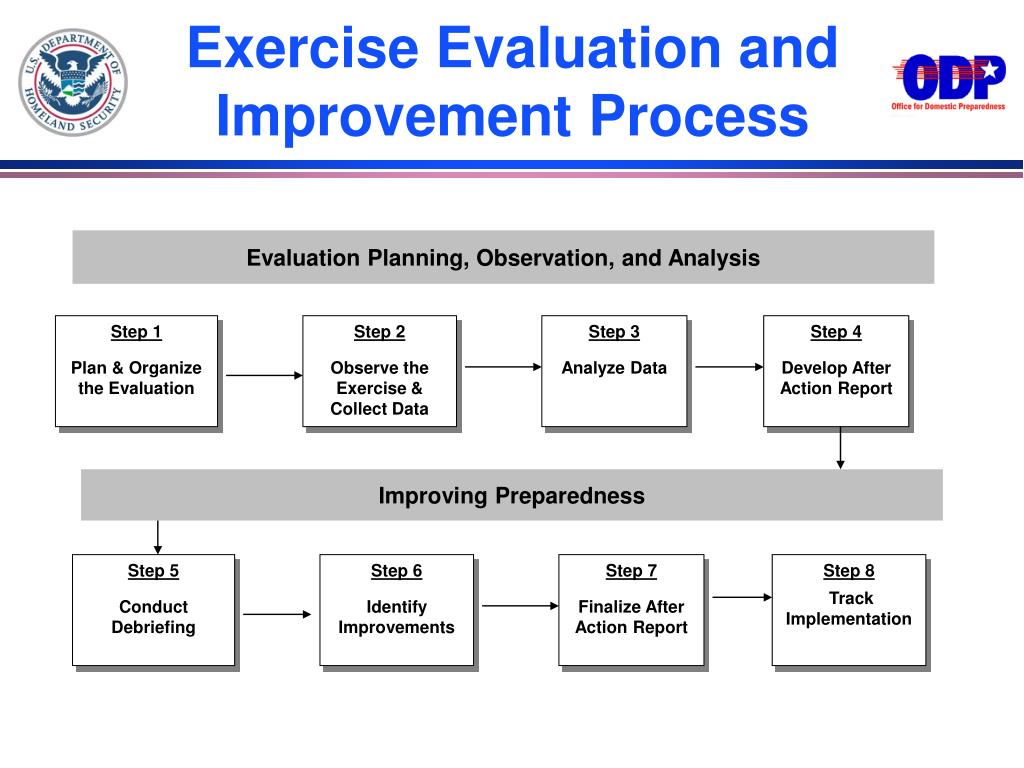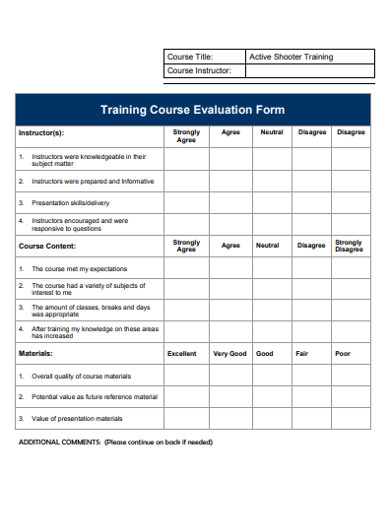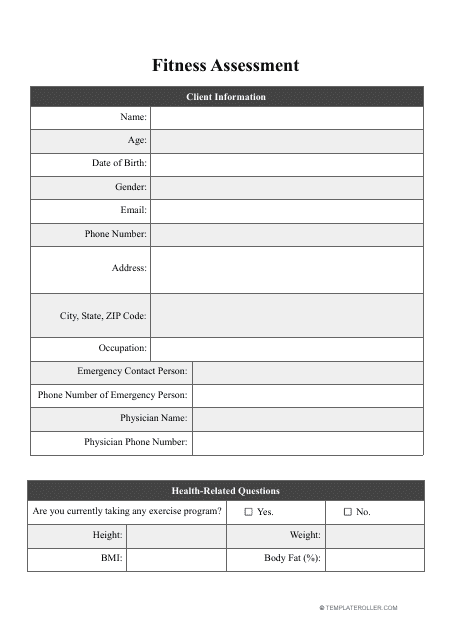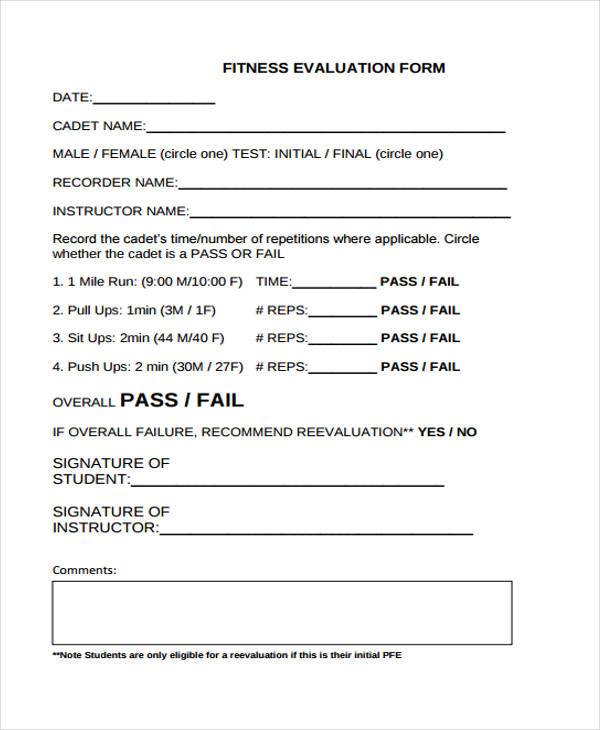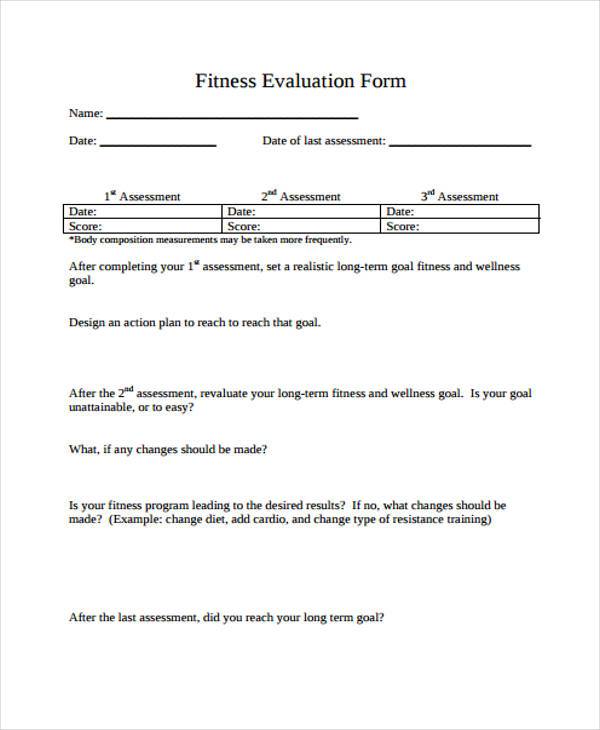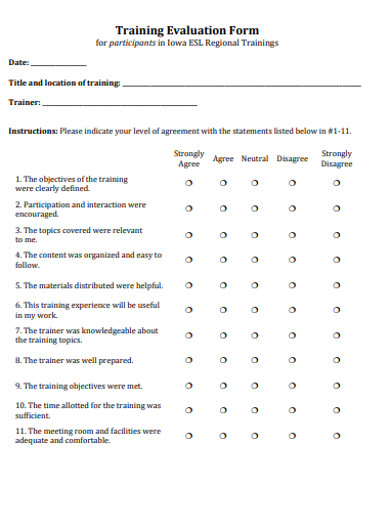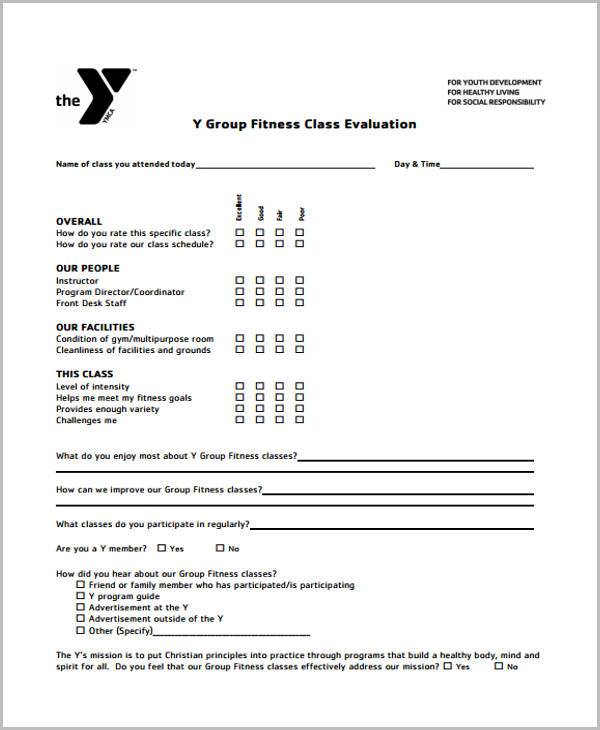What Information Is Contained In An Exercise Evaluation Plan
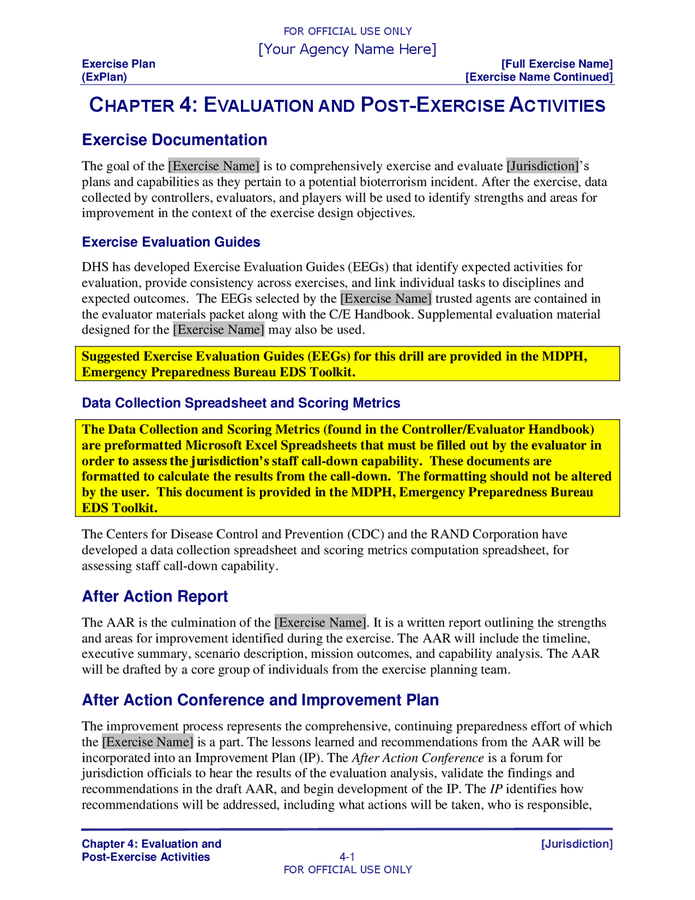
Urgent need for standardized exercise evaluation protocols arises amidst rising safety concerns. Comprehensive Exercise Evaluation Plans (EEPs) are critical for mitigating risks and maximizing training effectiveness.
An Exercise Evaluation Plan (EEP) details the structure, methodology, and resources required for a thorough assessment of training exercises. It ensures that exercises meet objectives, identify areas for improvement, and maintain participant safety during all phases of planning and execution.
Core Components of an Exercise Evaluation Plan
Exercise Objectives and Scope
The EEP must clearly define the specific objectives the exercise aims to achieve. These objectives need to be measurable and aligned with overall training goals. The scope outlines the boundaries of the exercise, including participant roles, geographical areas, and timeframes involved.
Evaluation Methodology
This section describes how the exercise's success will be measured. It includes the types of data to be collected. Evaluation methodologies must be tailored to the exercise objectives.
Data Collection Instruments
EEPs specify the tools used to gather data. These tools can include observation checklists, participant surveys, after-action reviews (AARs), and video recordings. Each instrument should be designed to capture specific information relevant to the evaluation.
Observer Roles and Responsibilities
The EEP clearly defines the roles of exercise evaluators. Responsibilities include observation duties, data collection, and report preparation. Observer training is essential to ensure consistent and accurate data collection.
Scenario Design and Fidelity
The scenario should accurately simulate real-world conditions to be tested. The level of detail in the scenario should match the exercise objectives. Fidelity refers to the realism of the simulation.
Exercise Schedule and Timeline
The schedule dictates the sequence of events. A detailed timeline specifies when each evaluation activity will occur. The schedule should include time for pre-exercise briefings, the exercise itself, and post-exercise debriefings.
Safety Protocols and Procedures
Safety is paramount during any exercise. The EEP contains a comprehensive safety plan outlining potential hazards and mitigation strategies. It includes emergency procedures, communication protocols, and medical support information.
Data Analysis and Reporting
The EEP describes how collected data will be analyzed and interpreted. It includes the format and content of the final evaluation report. The report should include findings, recommendations, and lessons learned.
Resource Allocation
The EEP identifies the resources needed for the evaluation process. This includes personnel, equipment, and funding. Proper resource allocation ensures the evaluation can be conducted effectively.
Communication Plan
The communication plan outlines how information will be shared among participants, observers, and stakeholders. It covers communication channels, frequency, and key contact personnel. This is crucial for coordinating the evaluation process.
After-Action Review (AAR) Process
The AAR is a critical component of the evaluation process. It provides an opportunity for participants to discuss their experiences and identify areas for improvement. The EEP outlines the AAR process, including facilitator roles, discussion guidelines, and documentation requirements.
Remedial Action Plans
If the evaluation reveals areas needing improvement, the EEP may include a plan for implementing corrective actions. This plan should specify responsible parties, timelines, and measurable outcomes.
Participant Feedback Mechanisms
The EEP should incorporate mechanisms for gathering feedback from exercise participants. This feedback can provide valuable insights into the exercise's effectiveness. These mechanisms will allow participants to voice their suggestions.
Legal and Ethical Considerations
The EEP must address any relevant legal and ethical considerations. This includes data privacy, confidentiality, and informed consent. Compliance with applicable regulations and ethical guidelines is essential.
Next Steps and Ongoing Developments
Further research is underway to develop standardized EEP templates and best practices. Ongoing efforts focus on improving data collection methods and analysis techniques. This aims to enhance the reliability and validity of exercise evaluations.





